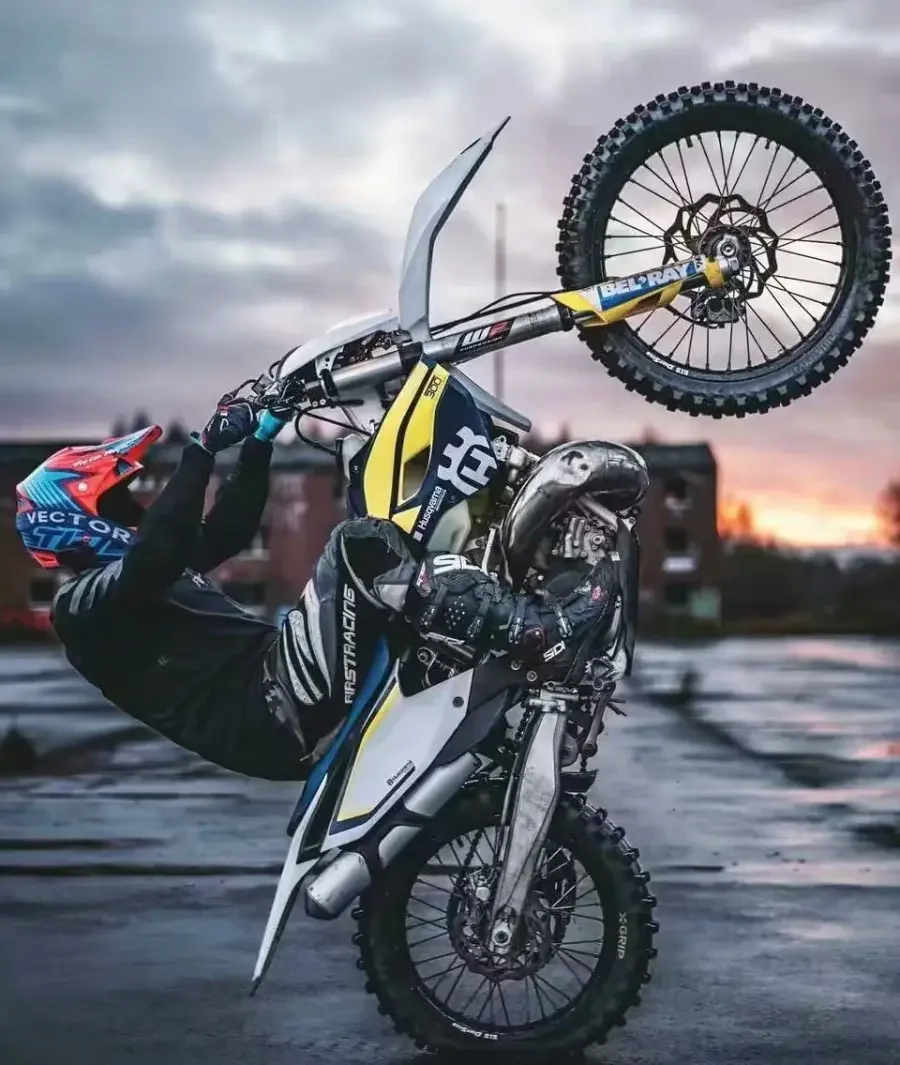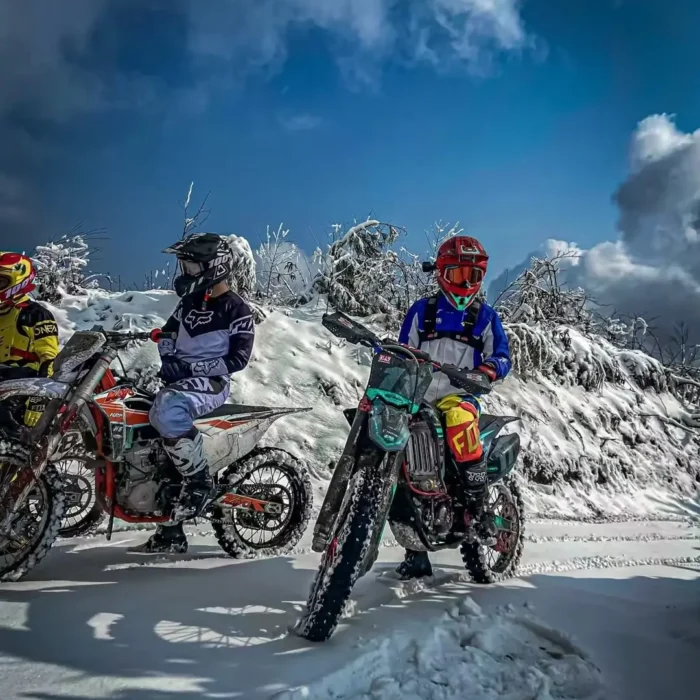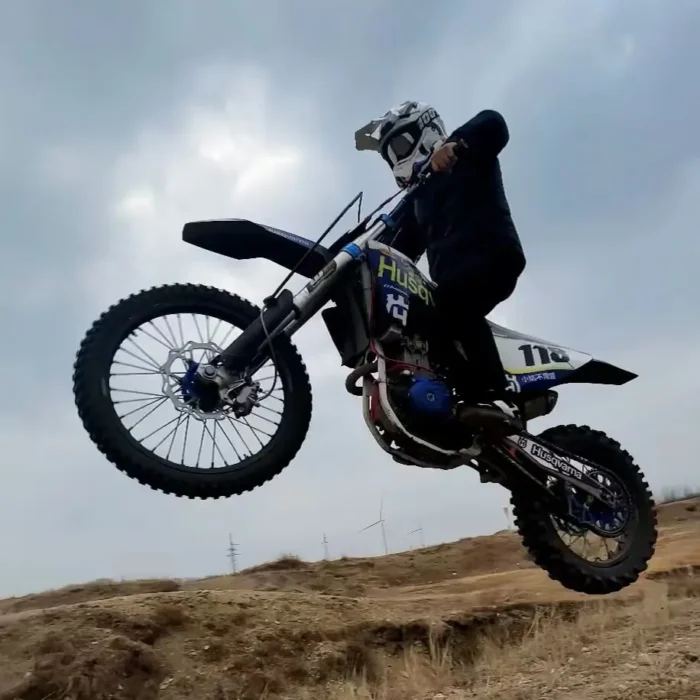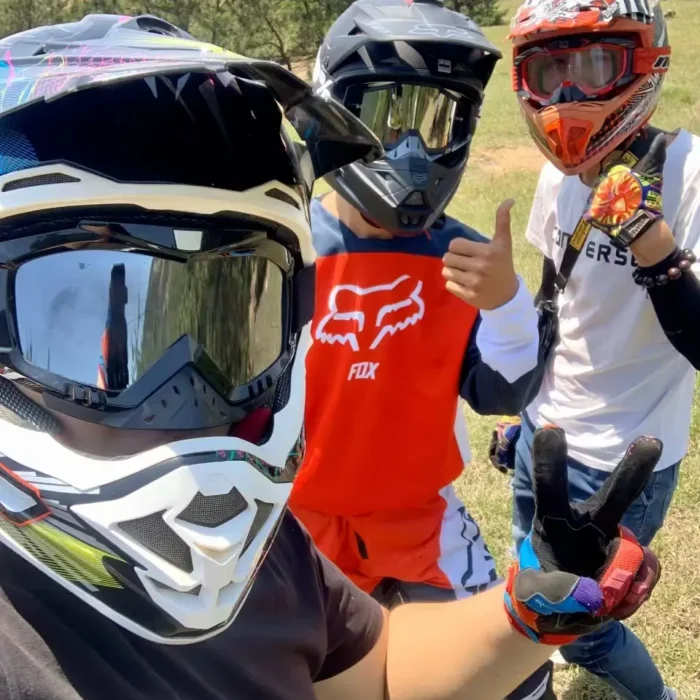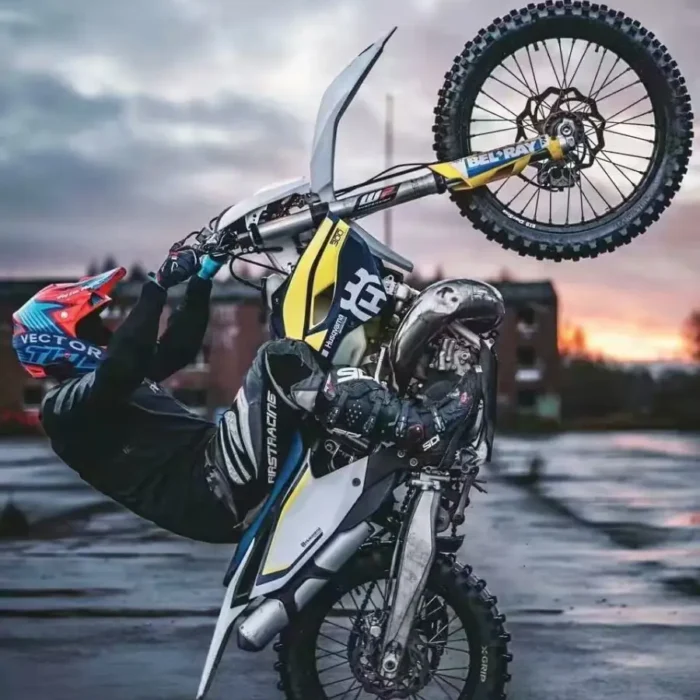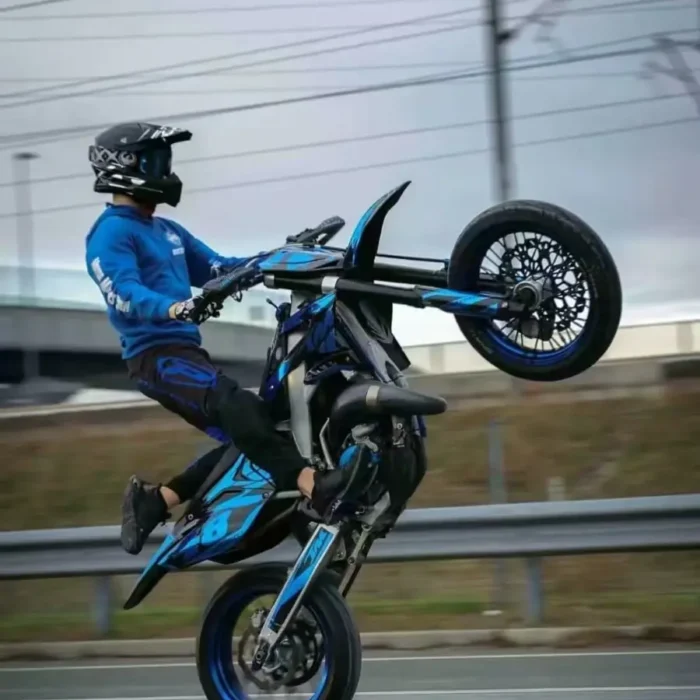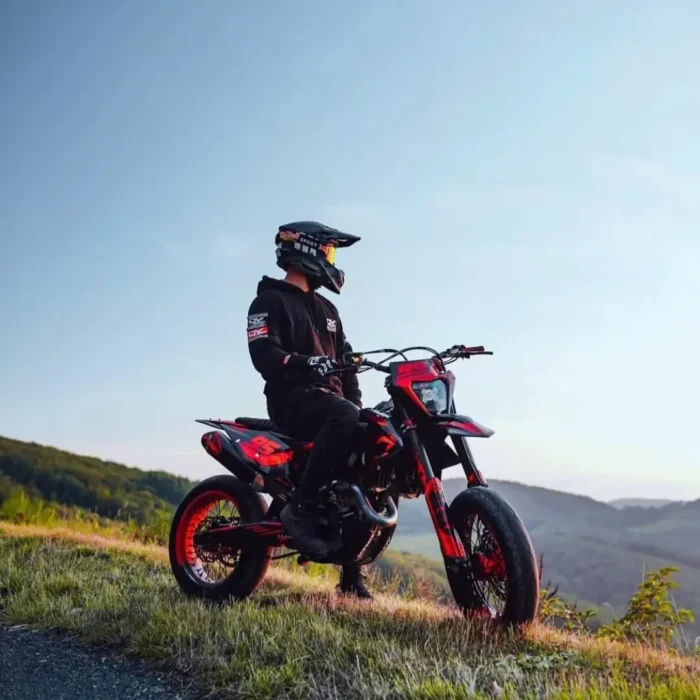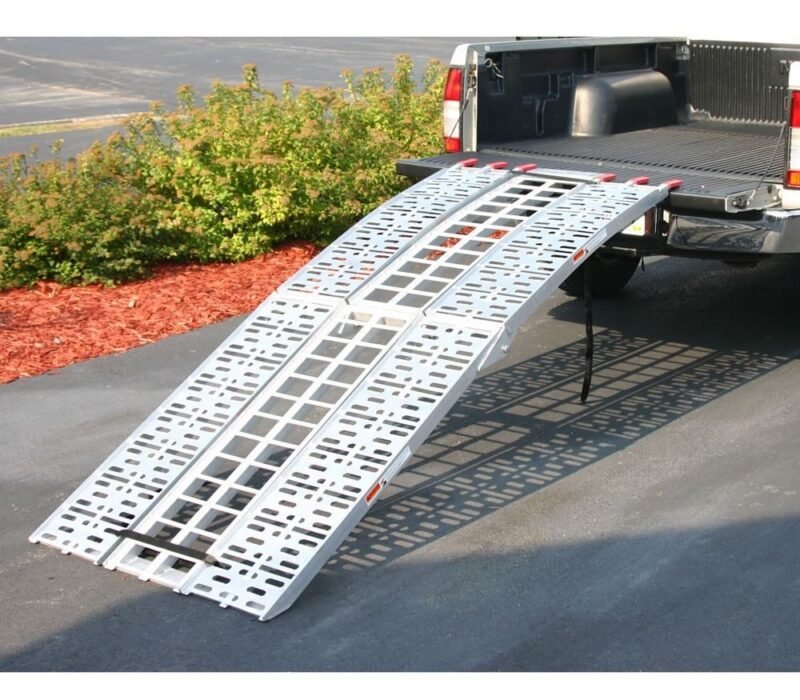How to Safely Perform a Wheelie on an Off-Road Motorcycle
Performing a wheelie on an off-road motorcycle is both thrilling and challenging. It requires precise control, balance, and practice. Here’s a streamlined guide to help you safely master this technique.
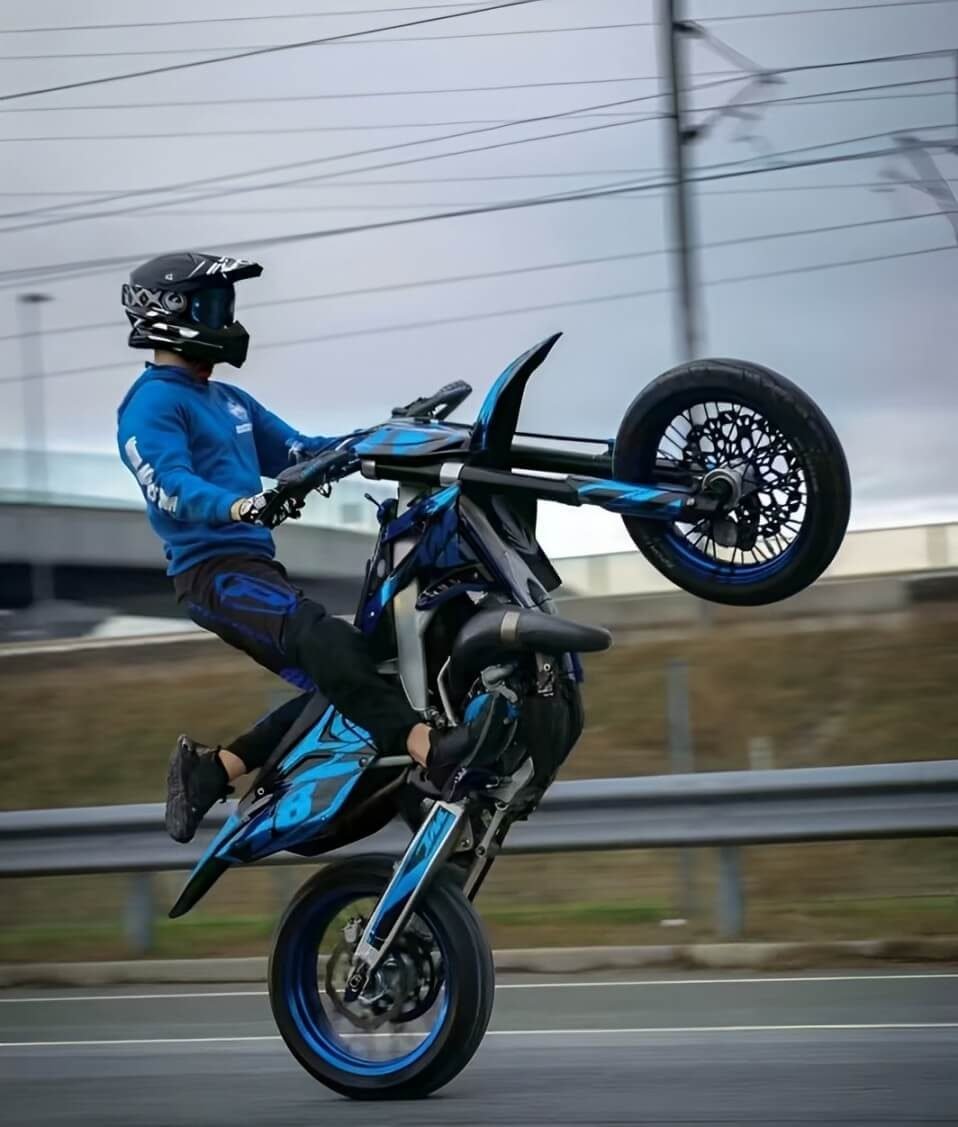
1. Choose the Right Practice Environment
Practice in a safe, open, and flat area like a dirt track or grassy field. Avoid crowded areas and hard surfaces to minimize injury risks.
2. Preparation
Ensure your motorcycle is in good condition, especially the throttle, clutch, and brakes. Adjust the rear brake for easy access during the wheelie, and wear full protective gear.
3. Understand the Basics
A wheelie involves shifting the bike’s weight to the rear through acceleration, lifting the front wheel off the ground. Balance is key, and controlling the throttle, clutch, and rear brake will help you manage the wheelie.
4. Starting the Wheelie
- Initial Acceleration: Begin at a low speed, rolling on the throttle.
- Clutch and Throttle Control: Pull in the clutch, quickly twist the throttle, and release the clutch to lift the front wheel.
- Rear Brake Control: Use the rear brake to adjust the wheelie’s height. Lightly tap it to bring the front wheel down gently.
- Maintaining Balance: Lean slightly back and use your knees to stabilize. Fine-tune throttle and brake use to keep the wheelie stable.
5. Progress and Practice
As you gain confidence, practice longer wheelies at higher speeds. Always prioritize safety and progress gradually.
6. Troubleshooting
- Front Wheel Doesn’t Lift: Increase throttle or adjust clutch release timing.
- Wheelie Too High: Reduce throttle or apply the rear brake lightly.
- Unstable Balance: Center your weight and adjust body position for better control.
A wheelie is an impressive off-road motorcycling skill that takes time and patience to master. Practice safely, progress steadily, and enjoy the thrill of perfecting this exciting technique.
